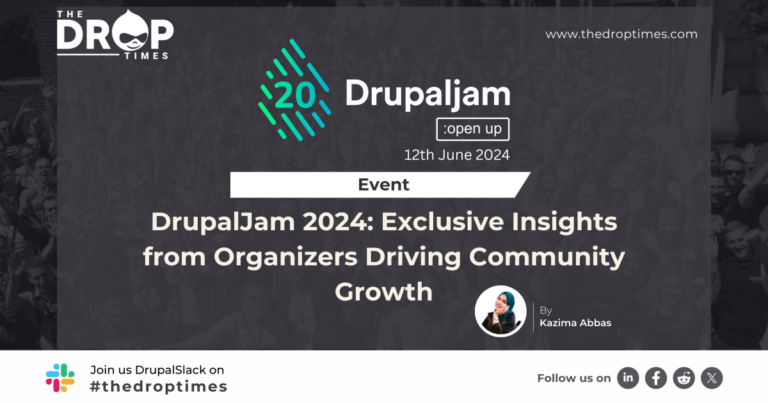
The key benefits of smarter business analytics that enterprises can gain through effective use of cloud technology include enhanced data accuracy and real-time insights, which drive informed decision-making. Cloud-based analytics enable scalability, allowing businesses to handle large volumes of data efficiently. Advanced analytical tools powered by AI and machine learning facilitate predictive analytics, uncovering trends and patterns that inform strategic planning. This leads to improved operational efficiency, personalized customer experiences, and a competitive edge in the market. Moreover, cloud solutions offer cost-effective access to cutting-edge technology, ensuring that businesses can leverage sophisticated analytics without significant upfront investments.
In the past 5-10 years, what significant changes have you witnessed in how enterprises adopt and utilize cloud technology?
Looking forward, what trends do you foresee in cloud technology, and how should enterprises prepare to capitalize on these advancements?
Enterprises can effectively identify and mitigate cloud security threats by ensuring full visibility into their cloud infrastructure, leveraging robust automation with GenAI for improved threat detection and response, and adhering to standardized practices with version controls to manage risks efficiently. Proactively adopting practices like policy as code and configuration as code helps maintain a secure and compliant environment, even as threats and regulatory requirements evolve.
Effective cloud governance involves establishing clear policies and procedures for data management, access controls, and compliance requirements tailored to different geographical locations. Comprehensive visibility into cloud infrastructure is a necessity to manage costs and prevent inefficiencies, as well as ensuring tailored resource allocation to fit specific needs. Automation, supported by GenAI, enhances efficiency but requires standardized workflows and version control to avoid management complexities. Continuously evolving cloud governance alongside advancements in cloud technology ensures enterprises can proactively address compliance and security threats.
Enterprises transitioned from cautious experimentation to widespread adoption of cloud technology for mission-critical applications. This shift includes embracing hybrid and multi-cloud environments to optimize performance and cost efficiency. Cloud-native technologies, such as serverless computing, containers, and AI-driven automation, have become integral, enabling greater agility and innovation across organizations. The use of advanced cloud services, including artificial intelligence (AI), machine learning (ML), and data analytics, has notably increased, allowing companies to gain deeper insights and drive innovation. As a result, security and compliance are now top priorities, leading to more robust cloud security measures and governance practices.
What are the key benefits of smarter business analytics that enterprises can gain through effective use of cloud technology?
Welcome to today’s interview. Our discussion is with Pandiya Kumar Rajamony, Executive Vice President of Cloud and Infrastructure Services at LTIMindtree, a global technology consulting and digital solutions company. With over two decades of experience, Pandiya has played a crucial role in guiding organizations through digital transformation. His expertise in cloud technologies and infrastructure management has positioned LTIMindtree as a leader in innovative solutions worldwide.
Organizations can employ several strategies to right-size their cloud resources and optimize workloads efficiently. Firstly, conducting regular monitoring and analysis of resource utilization helps identify opportunities for resizing or reconfiguring instances to match actual demand. Implementing auto-scaling capabilities enables dynamic adjustments of resources in response to workload fluctuations, ensuring optimal performance without unnecessary costs. Utilizing advanced cost management tools provides insights into spending patterns, allowing for informed decisions on resource allocation and optimization. Moreover, conducting thorough workload assessments and categorizing applications based on their performance requirements further enhances resource efficiency in the cloud environment. Lastly, integrating automation into resource provisioning and management processes streamlines operations and ensures consistent optimization over time. This tailored approach will lead to efficient resource allocation and cost-effectiveness.
Automation, with the support of GenAI, can greatly accelerate cloud operations, improving both efficiency and speed. For successful implementation, organizations should establish clear workflows, maintain version consistency, and follow standardized practices to prevent the complexities and management issues associated with uncontrolled automation. Key best practices include Infrastructure as Code (IaC), DevOps, and end-to-end observability, which are critical for a well-automated cloud environment. These measures result in streamlined, manageable, and efficient cloud operations.
Cloud technology enables enterprises to modernize their infrastructure and improve data management by offering scalable and flexible resources that can be adjusted to meet changing demands. It reduces the need for significant upfront capital investments in hardware, allowing businesses to pay for what they use on a subscription basis. Enhanced data management capabilities are achieved through advanced cloud services, such as AI, machine learning, and real-time analytics, which provide deeper insights and better decision-making. Furthermore, cloud technology ensures high availability, robust security, and compliance while facilitating seamless data integration and collaboration across global teams.
How can automation play a role in achieving efficient cloud operations, and what are some best practices for its implementation?
How does cloud technology enable enterprises to modernize their infrastructure and improve data management?
Looking forward, key trends in cloud technology include the rise of hybrid and multi-cloud strategies, increased use of AI and machine learning, and greater emphasis on edge computing. Enterprises should prepare by investing in flexible and scalable cloud architectures, fostering a culture of continuous learning to leverage AI advancements, and enhancing their infrastructure to support edge computing. Also, adopting robust security measures and ensuring compliance with evolving regulations will be critical to capitalizing on these advancements effectively. To capitalize on these trends, companies should evolve alongside cloud technology, continuously updating their capabilities and strategies to leverage the latest developments successfully. This proactive approach guarantees sustained competitive advantage and operational efficiency.
By Randy Ferguson
Can you discuss the economic and efficiency advantages that cloud technology brings to enterprise operations?
Complete visibility into cloud infrastructure is pivotal for enterprises to prioritize effective governance and optimization. Without visibility, enterprises face challenges such as escalating costs and unmanaged environments that can grow rapidly. Clear visibility streamlines management and prevents inefficiencies, saving both time and money.
How can enterprises effectively identify and mitigate cloud security threats and risks to maintain a secure and compliant environment?
What are the essential elements of effective cloud governance, particularly concerning location compliance and security threats?
Today, we will explore the latest trends in cloud digital transformation. As more organizations migrate to the cloud, understanding these trends is essential to leveraging cloud technologies effectively. Pandiya will share insights on navigating the evolving landscape, optimizing cloud strategies, and driving innovation. We will discuss cloud-native applications, multi-cloud strategies, security considerations, and the future of cloud infrastructure.
How important is it for enterprises to have complete visibility into their cloud infrastructure for effective governance and optimization?
Stay tuned for upcoming interviews with some of the world’s most influential thought leaders, who will share their insights on the latest trends and innovations shaping our industry. If you’re interested in contributing or have suggestions for future interview topics, we’d love to hear from you. Please contact us to explore exciting opportunities and be a part of our growing community.
What strategies can organizations employ to right-size their cloud resources and optimize workloads efficiently?
Cloud technology offers notable economic and efficient advantages by consolidating multiple functions into a single, unified hub. This integration reduces the need for separate hardware, software, and teams, ultimately leading to long-term cost savings and streamlined operations. Cloud technology simplifies management and improves efficiency by centralizing resources and services. Moreover, cloud services are subscription-based, meaning there is no significant upfront capital investment, such as building data centers.





